How To Master The Biceps Curl
Grab some weights and let’s work the biceps and nothing but the biceps

Think of lifting weights and the image that springs to mind is probably someone curling a dumbbell. That’s in part because it’s such an effective isolation exercise, helping you to bulk up your biceps and bringing a host of other benefits when it comes to nailing other lifts.
Benefits Of Biceps Curls
Think of lifting weights and the image that springs to mind is probably someone curling a dumbbell. That’s in part because it’s such an effective isolation exercise, helping you to bulk up your biceps and bringing a host of other benefits when it comes to nailing other lifts.
How To Do The Biceps Curl
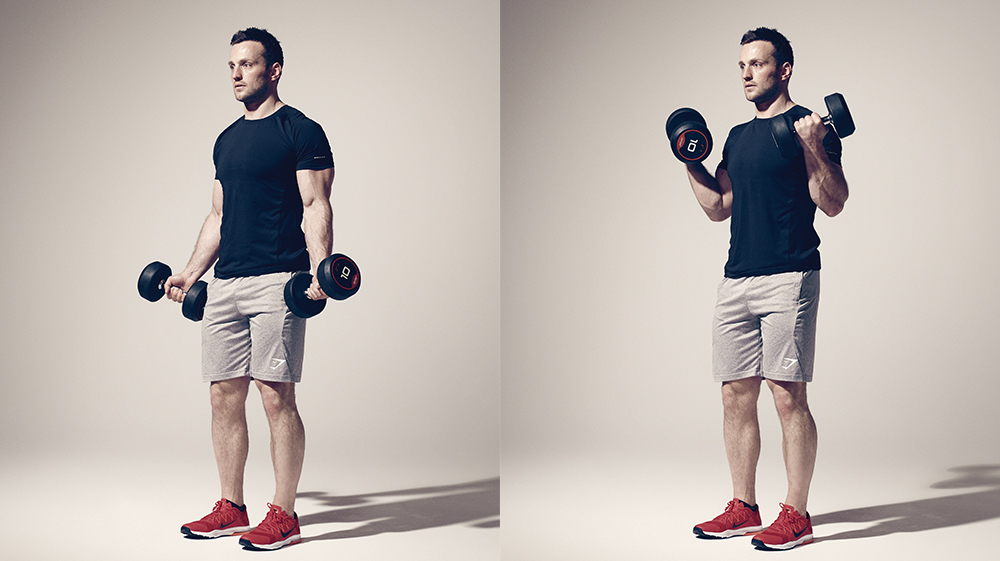
There are biceps curl variations aplenty, but we think the best place to start is the standing dumbbell biceps curl. Remember, you want your biceps to be doing the work – it sounds obvious, but it’s all too easy to enlist other body parts to help shift the weight if you’re not strict with your form.
Stand with your feet shoulder-width apart and a slight bend in your knees, holding a dumbbell in each hand by your thighs, palms facing away from you. Keep your elbows tight to your sides throughout, your chest and head up, and back straight. Maintaining this posture will ensure you’re using your biceps and only your biceps to curl the weights.
Bend at the elbows to initiate the lift, slowly bringing the dumbbells to your shoulders over a count of three seconds. Give your biceps a slight squeeze at the top of the move to promote muscle growth. Lower slowly under control, and squeeze your triceps slightly once you get to the bottom to ensure you’ve gone through a full range of movement.
Picking The Right Weight
A lot of people in the gym want to look like their biceps can move mountains. That’s great, unless you pick a weight that’s so heavy it results in bad form, which isn’t going to help muscle development in the long run. As the biceps curl is an isolation movement, it’s vital to pick a weight that doesn’t force you to bring other muscles into the move. For instance, if the struggle to get the weights to the top is too great, more often than not people start to swing their back to get a helping hand from momentum. Do not do this. It should be all biceps.
To build muscle – hypertrophy is the technical term – select a weight that allows you to complete three sets of 10 to 12 reps with good form, with the third set feeling difficult.
Get the Coach Newsletter
Sign up for workout ideas, training advice, reviews of the latest gear and more.
Biceps Curls Variations
The dumbbell biceps curl will take you far but once you’ve mastered it, adding the tweaks below to your repertoire will only enhance the benefits.
Seated dumbbell curl
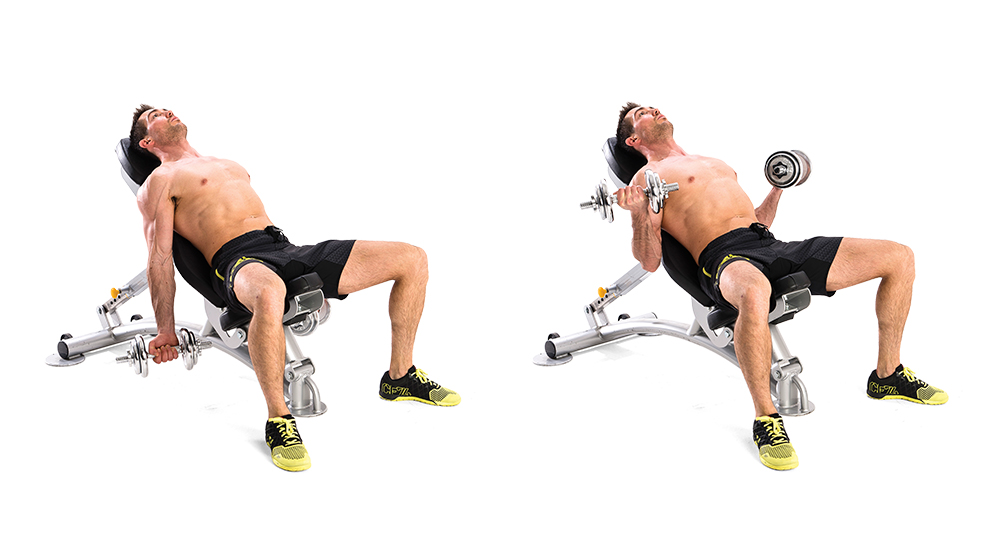
If you find you’re having trouble keeping your back straight, using a bench set at a high incline will help by providing support for your back.
Barbell curl
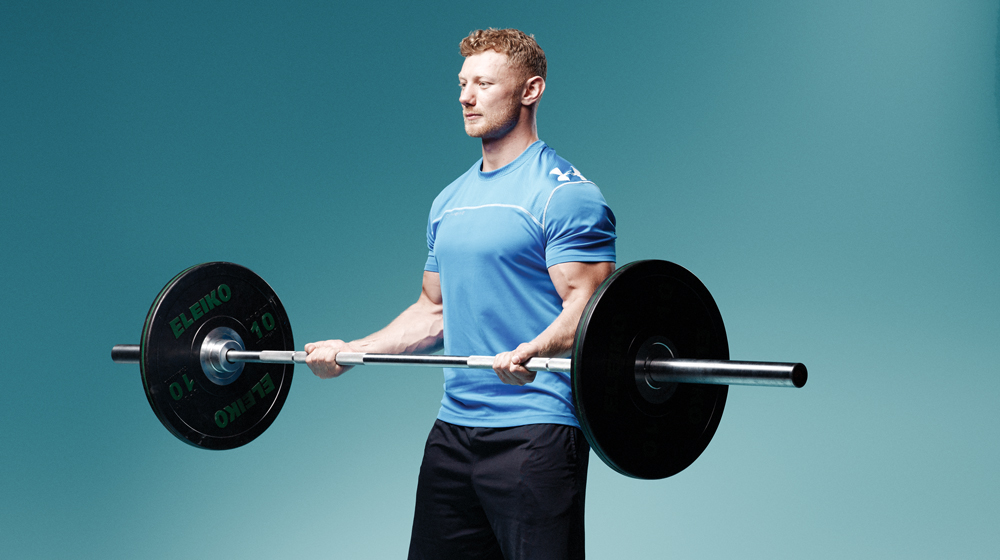
The benefit of using a barbell is that you can load up more weight. The downside is that it’s all too easy to load up too much weight and your form will start to suffer. If you notice that you’re starting to enlist your back or anything else to aid the movement, dial it back down to something more manageable.
EZ-bar curl
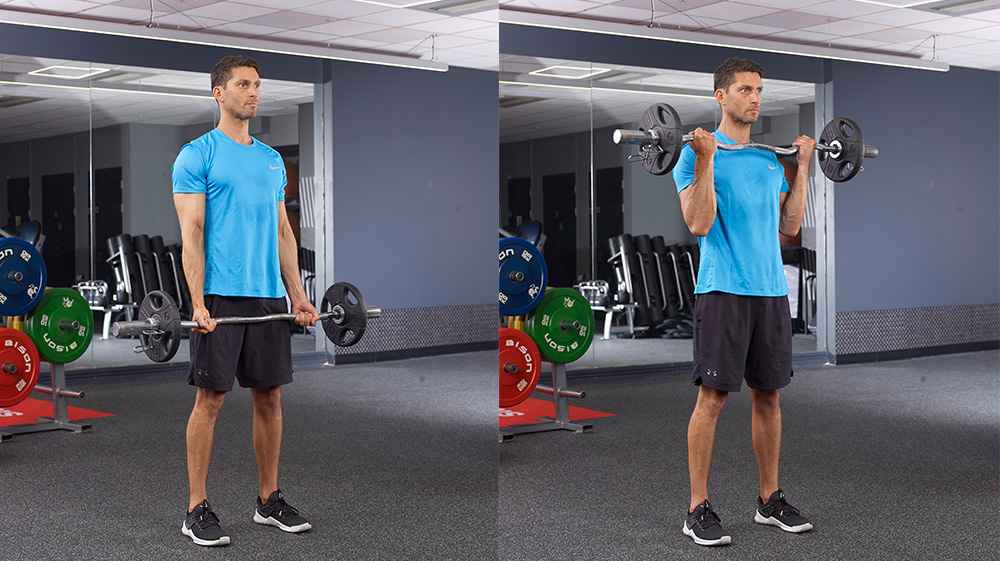
According to a study in the Journal Of Life And Environmental Sciences, using an EZ-bar is the best means of activating your biceps. The wavy handle is designed to put your wrists in a more natural position. This means you can add more weight with less chance of jeopardising form than when you use a barbell.
Cable curl
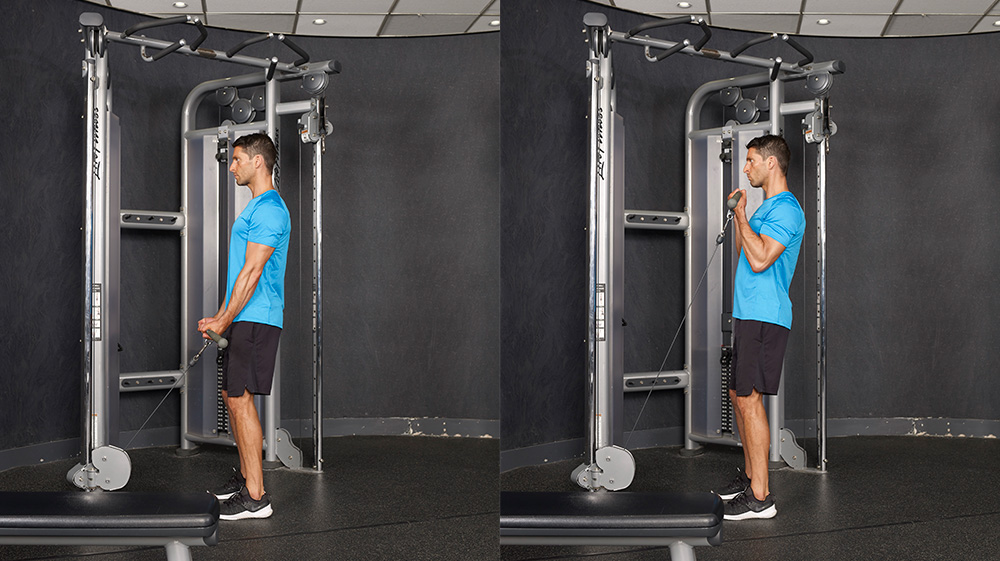
Using a cable machine rather than free weights for your curls means that the muscles are placed under continuous tension throughout the exercise. You can use a variety of attachments, including an EZ-bar or rope, but the standard move uses a straight bar handle, which should be attached at the bottom of the cable machine. Stand facing the machine, grab the handle in both hands and curl it up to your shoulders. Pause for a moment, then lower the handle under control, being sure to resist the pull of the machine as you do.
Concentration curl
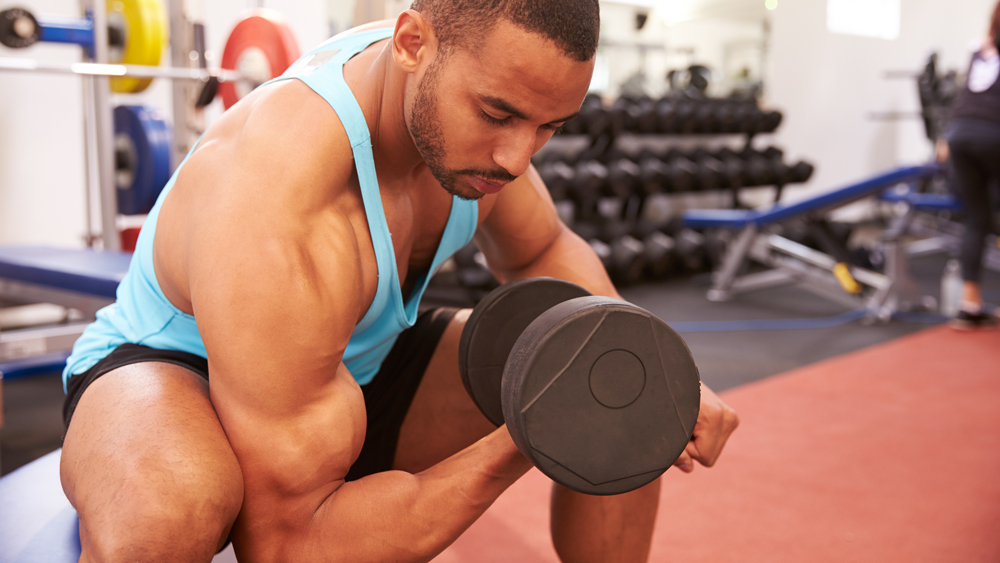
The key to getting the most out of this one-armed curl variation is to focus closely on your form and tempo. Do that and you’ll find that it helps you build muscle as fast as or faster than any other curl. You can do the concentration curl standing, but it’s most commonly done sitting on a bench.
Holding your dumbbell with your palms facing out, bend forwards so the elbow of the arm holding the weight is by your knee, with your other arm placed on the other knee to help stabilise yourself. Curl the dumbbell up to your shoulder slowly, pause at the top, then lower it under control. As a unilateral move, the concentration curl will also help you identify and work on any imbalances in the strength of your arms.
Hammer curl
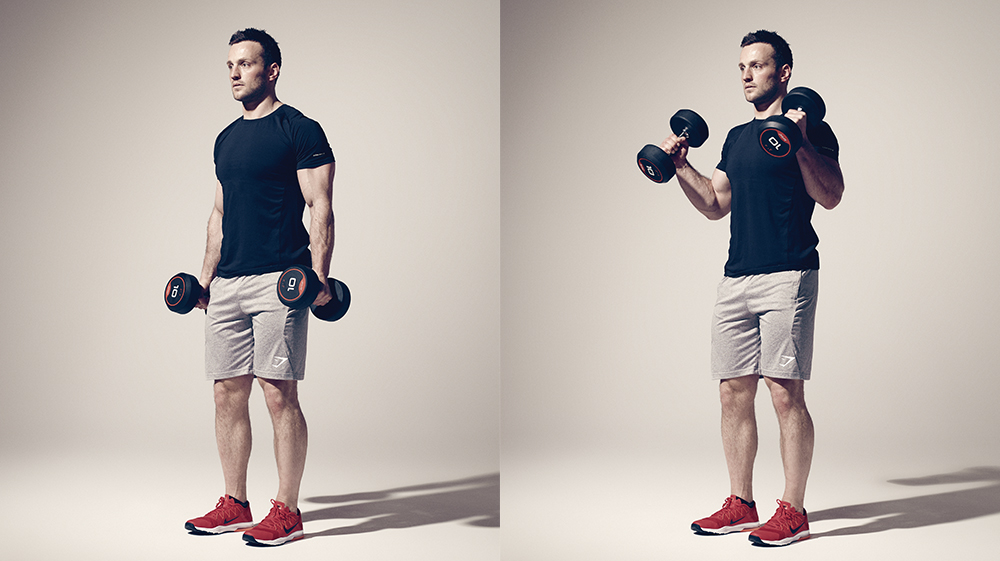
The hammer curl is a fine addition to your arsenal of moves because it also works the brachialis, a muscle just to the side of your biceps. Training your brachialis will help your overall lifting, and will also add that finishing touch to the look of your arms.
The only difference with the biceps curl is that you keep your palms facing throughout the move. Simple but effective.
Preacher curl
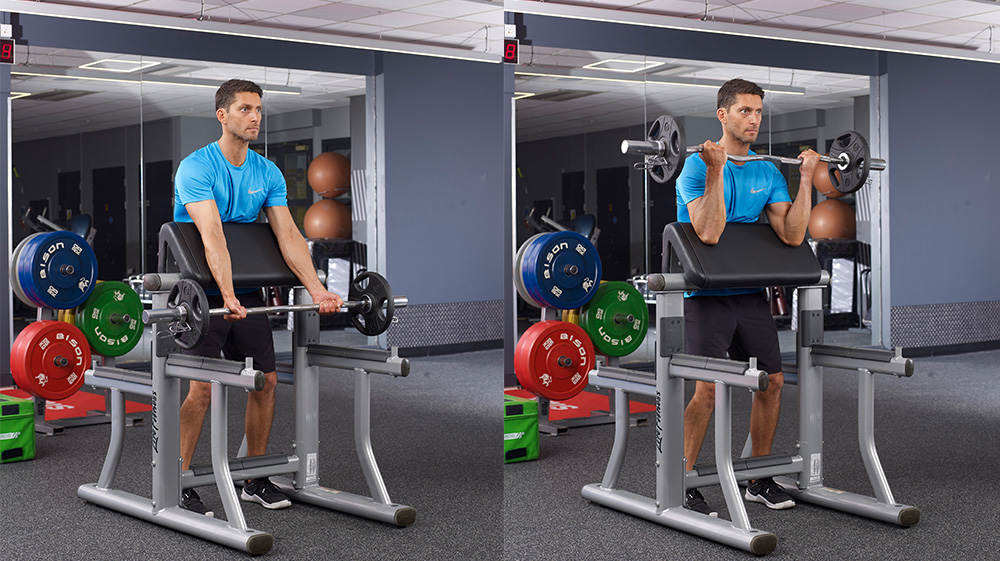
If you’ve ever wondered what the isolated version of an isolation lift looks like, it looks like the preacher curl. You’ll need a preacher bench to do this exercise, but you can use either dumbbells, a barbell or an EZ-bar.
Rest your upper arms over the preacher bench with your palms facing upwards. Slowly lift until your forearms are vertical, then lower again for a three-second count.
Reverse curl
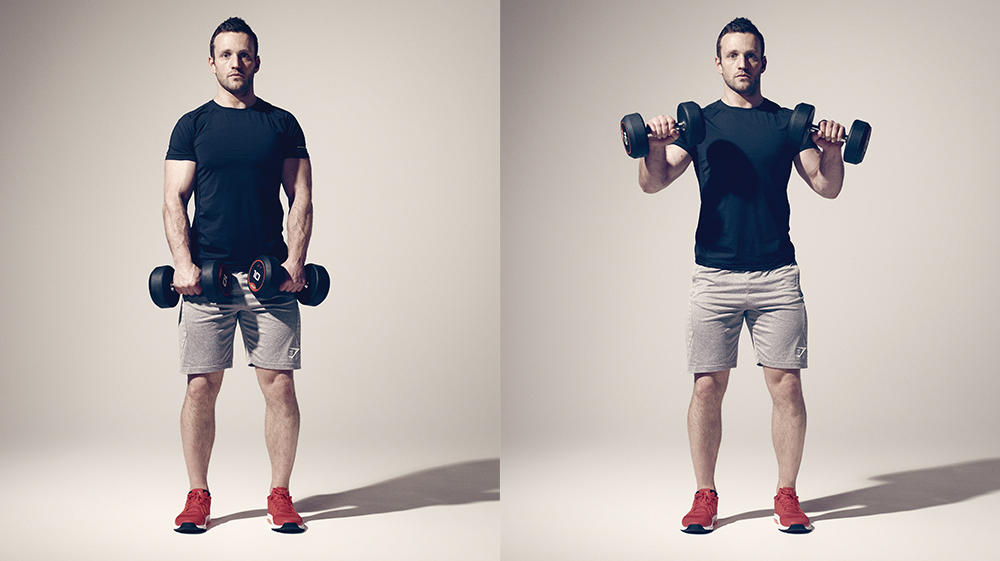
People love to perform curls with their palms facing them, or even with their palms facing each other for the popular hammer curl, but when was the last time you spied someone curling in the weights room with their palms facing away from them? This reverse variation of the classic curl is well worth adding to your arsenal, because it not only works the biceps from a slightly different angle but also increases your forearm and grip strength. Given that your grip can be a limiting factor in all sorts of exercises, from deadlifts to pull-ups, it’s something that’s well worth improving.
Zottman curl
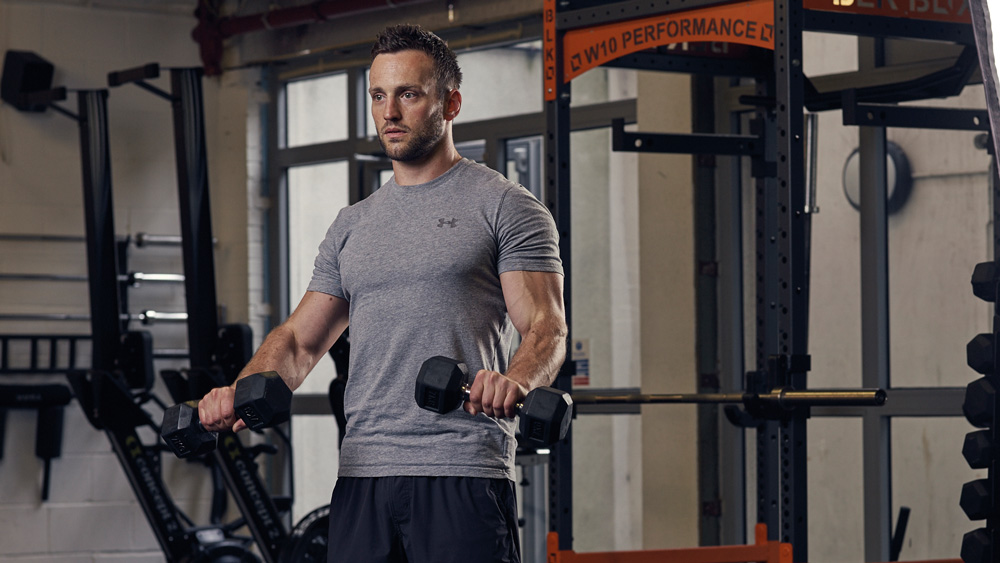
This variation is a real test of your grip strength. Start with your palms facing towards one another. Rotate your palms to face towards you as you curl to your shoulders, making sure your elbows remain pinned to your sides. At the top of the curl, rotate your hands so that your palms are now facing away from you – this is where it gets fun. Lower slowly, over a count of between three and five seconds. Once you get closer to your starting position, turn the palms to face one another again.
Spider curl
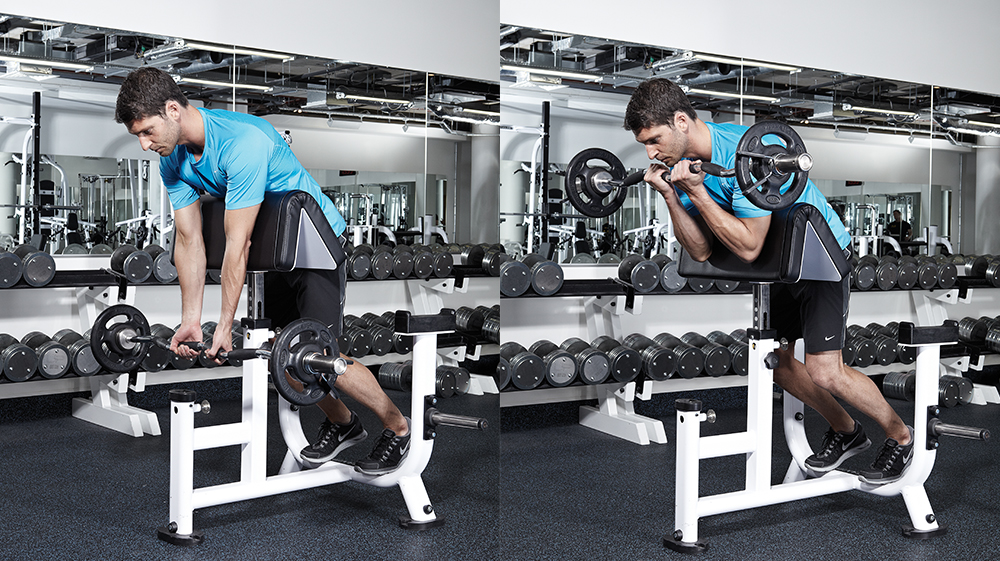
If you’ve ever performed a set of preacher curls, only to realise afterwards that you approached the bench from the wrong side, then you’ve done the spider curl. For this variation you lie chest-down on the slanted part of the bench, where your arms normally go, and curl the bar on the other side. Why would you do this, we hear you ask? Well, the position used in the spider curl increases the range of motion of the exercise over a standard preacher curl, allowing you to work the full length of the biceps.

Jake was formely an intern for Coach and now contributes workouts from some of London’s top trainers. As well as training in the gym and running, he’s competed in the eight-hours-long overnight event Europe's Toughest Mudder twice and the 24-hours-long World's Toughest Mudder once.









